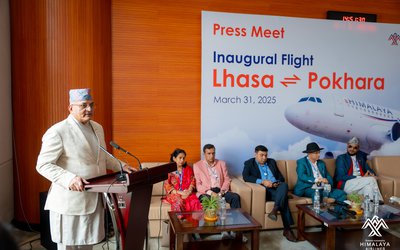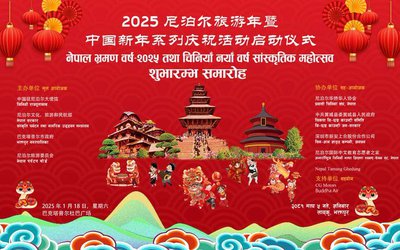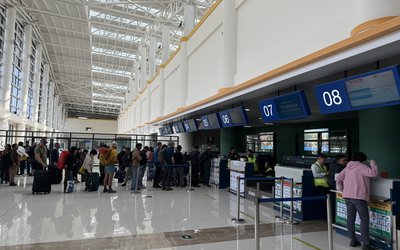
1969 in Katmandu was truly a unique time and place filled with soul searchers that wore tie dye and long hair, who wanted to find a new way of life. These people saw Kathmandu as a new found sanctuary from the moment they set foot on its beautiful soil, deeming it titles such as "the Mecca of Hippydom," "the Amsterdam of the East," and "the capitol of the Aquarian Age,".
Kathmandu and its strange bewildering times became a major influence on most of the western counterculture. Musicians like Cat Stevens visited this city finding great inspiration for songs. Around the late sixties a wave of youth flowed through to Kathmandu, making the average age range of tourism around 16 to 30 years old, which ultimately made Kathmandu a very youthful and prosperous tourism spot. They paraded the streets of Jochne, where they would smoke the legal herbs of the land and explore alternatives to the life that they left behind in the west. This area was then renamed Freak Street for those groovy minded kids of the time. Cannabis being the main drug of choice for the time was being sold in government shops to the tourist. Even shops and cafés specialized in the sales of cannabis, such as Eden Hashish Centre in Freak Street. People found Kathmandu as a place to escape from their lives, given that they can live so cheaply, which at the time could have been a dollar a day. So what has happened to these so-called hippies and the land that they fell so madly in love with?
At a glance, it seems that the hippie-era died out leaving nothing, but memories here and there. Freak Street now has held onto only a handful of cafés from its time and has even been considered to be renamed Old Freak Street or just its former name, Jochne. Now the people that walk through Kathmandu no longer have the tie dye shirts of yesteryear, but instead are geared up with North Face jackets and trekking boots; and rather than going out to get a puff of a hash, they go out to get their fix of caffeine with an espresso at a near by restaurant. There are no more wild westerners parading around with joints in their hands and psychedelic music on their minds. It’s clear that these are not the flower children of the sixties. However, even though this new generation isn’t quite as wild as their predecessors, the ideas of peace, love, and free thinking still live on in each and every one of them.
While befriending a couple of people from VIN (Volunteer Initiative Nepal), it becomes apparent that these young travels from all around the world still share a part of the mind set as those back in the sixties. Most of these wonderers have their own story and their own philosophy, which somehow ties them with one another. The main key being that they are all open minded and accepting to each other’s ideas. Like great philosophers, they would spend the night at a bar or café, having deep intimate discussions about love, life, and the never ending search for peace; all of them chiming in to add on to the conversation, rather than to just be heard. They are hippies at heart and scholars through words.
Most have found their own way of reaching a new state of peace, as Robert Manzano stated, “I feel really good up here. It’s like a certain kind of high that I feel… or that might just be because I’m dehydrated,” referring to making his way up the stairs of one of the many temples in Kathmandu, and being able to see the city in all of its majesty. The teachings of counterculture philosophers, such as Timothy Leary, no longer apply to these travels, for somehow they are able to see and experience life through unfiltered eyes without the need of drug altering substances. They find blissfulness through sightseeing and watching closely ceremonies. They take in the culture and as if they’ve grown up with it all their lives, they gladly accept what’s around them. It goes to show that the torch has been passed down to these new young hippies, who have evolved to embrace the peace and love in its purest form.
It might be the fact that the cost of living has gone up since the sixties or just the steady change of mentality. Nonetheless, it seems that use of Kathmandu, rather using it as a way to escape from western mentality and society, is now an aid that so many people can find peace with themselves when dealt with the troubles of their daily lives. Its clear now that there is a new fond respect for Kathmandu and the wisdom that it posses in its monasteries, temples, and streets.
Kathmandu in the late sixties was a unique time and place for someone to experience, but it was not the only time. The clock keeps ticking and time continues to change the world around it, but even though the sixties have passed, its message still lives on through generations to come, allowing everyone to learn from the past and to grow spiritually from the world. So there is always a new and unique experience to have when someone comes to visit this great city with all of its colorful tie dye history.

Danny Garcia
Garcia is an intern from the United States of America
- Sam’s Bar
- Feb 05, 2013
- Thamel: A Day in the Life
- Jan 20, 2013















